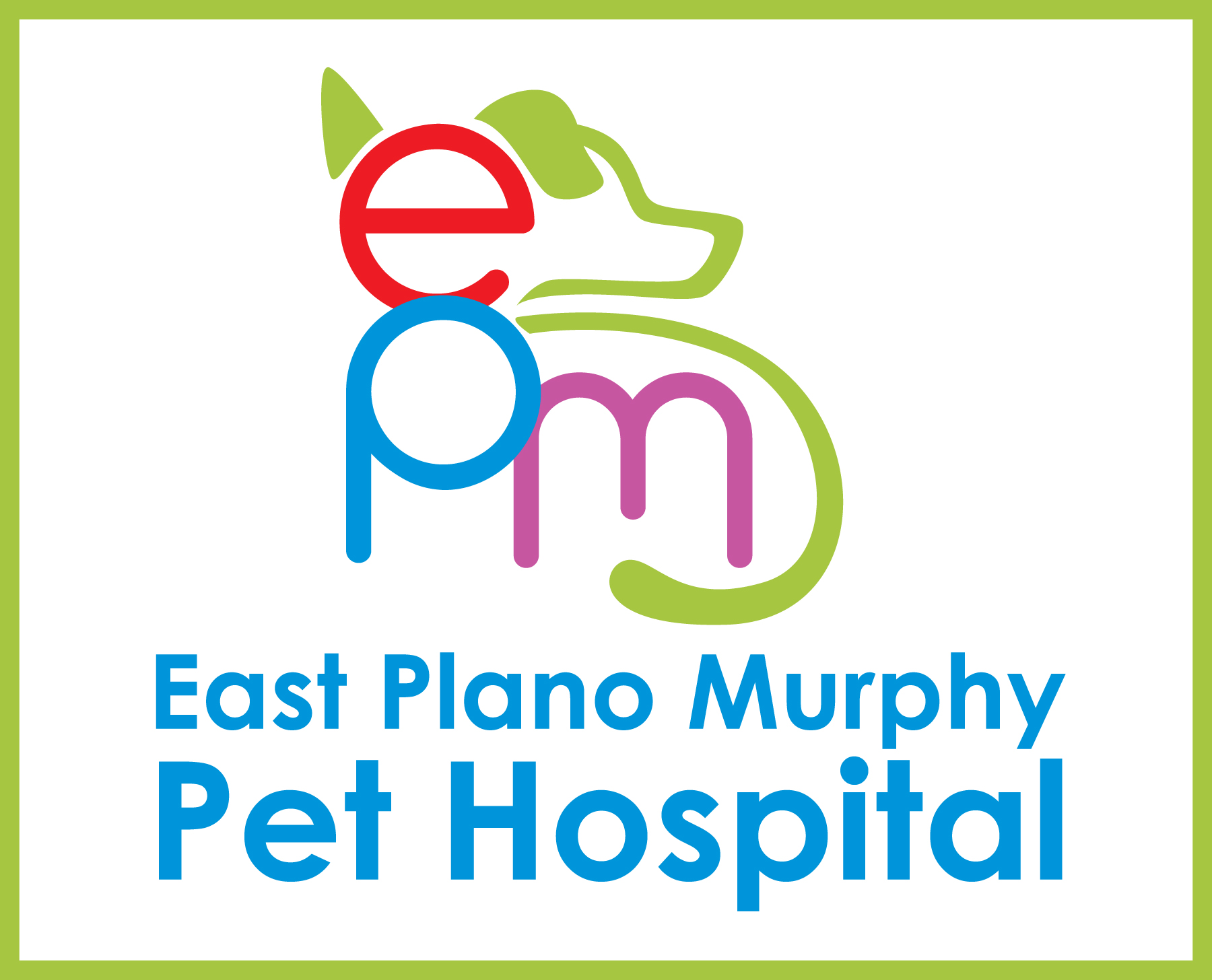The Hospital Tour
This is one of the most mutually beneficial tools. The client gets the chance to survey a prospective hospital taking neither financial risk nor emotional investment. You come into the new place, observe, ask questions, gather information, thank them, and leave. You do not have to spend money on an office visit. You will not be forced to like nor dislike the doctor or her decision that day because you did not have to bring a pet with you yet. You can go home and decide whether you want to come back or not.
For the hospital management, the free tour is a wonderful marketing ploy to get you interested in a valuable service. They invest a little time literally “showing off.” At first contact with the staff member guiding her, the savvy client will need to be able to distinguish between a sales pitch and a sincere desire to serve. Most of the time, the facility and initial staff attitude are enough for someone to make a snap decision. This is a time where gut instinct and judging a book by its cover might be useful. If the receptionist is cranky, the place stinks and the dog in the waiting area just snapped at you while chasing a cat that just got loose, then even a third grader will know what to do (or more importantly, what not to do). How much does it really matter that the doctor there is nice if you have to run a gauntlet before getting to her. Unfortunately for her, the staff behavior (which is a direct product of attitude) reflects her management style.
There are few exceptions. Some small one-doctor clinics might be old and low tech but the perks, such as the very personal approach you might receive, far outweigh the lack of cosmetic appeal. Some busy places with long wait times and those who do not even schedule appointments anymore because you will have to wait anyway, deliver such high value that the whole town flock to them. Of course, this only goes so far. If your pet’s health and your sanity suffers due to excruciatingly painful wait times, then it might be wiser to choose a place with a comparable level of service without the wait
even if it means paying a little bit more. Just a little bit more and not more than that!
These are the parts of a typical veterinary clinic or hospital. Usually, this list is accurate enough to describe the general areas as you walk from front office to the back. Not all facilities have all the areas mentioned and some parts might be dual- or multi-purpose.
- Reception area and lobby
- Examination rooms
- Laboratory
- Treatment area
- Kennels and recovery areas
- Boarding area – definitely ask to see this if you are thinking of leaving your pet there for care while you are on vacation or during emergency situations when you have to take off on a short notice. The time to take a tour is when you don’t need boarding service yet.
It is if some areas are off limits during a tour. You might not be allowed to enter this area due to reason of safety, security, or privacy.
- Break room
- Business office
- Doctor’s office
- Isolation suite for contagious cases
- Pharmacy
- Radiography area (x-rays)
- Surgery suite
These are special purpose areas that only a select number of facilities have:
- Day care
- Exclusive cat boarding area
- Grooming
- Rehabilitation area – equipped for such things as an underwater treadmill and other physical therapy devices.
- Special procedures room for dentistry, ultrasonography, or endoscopy
- Training area
